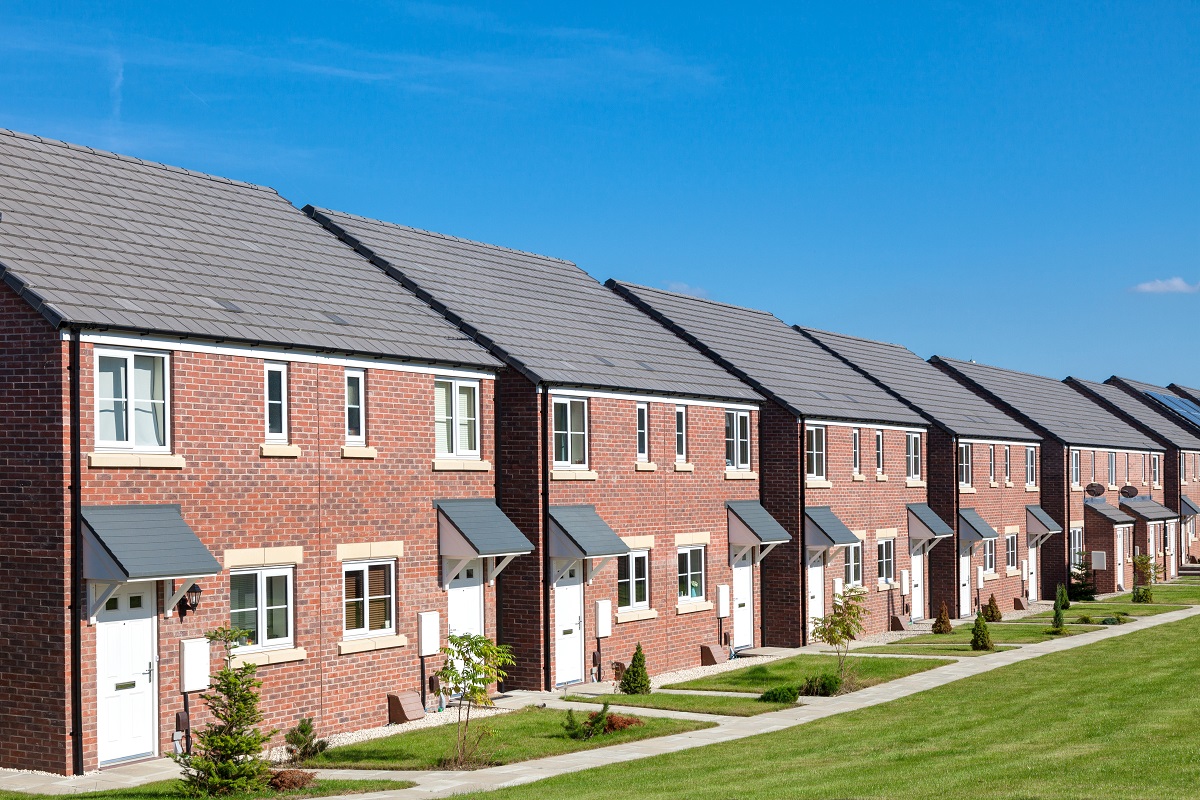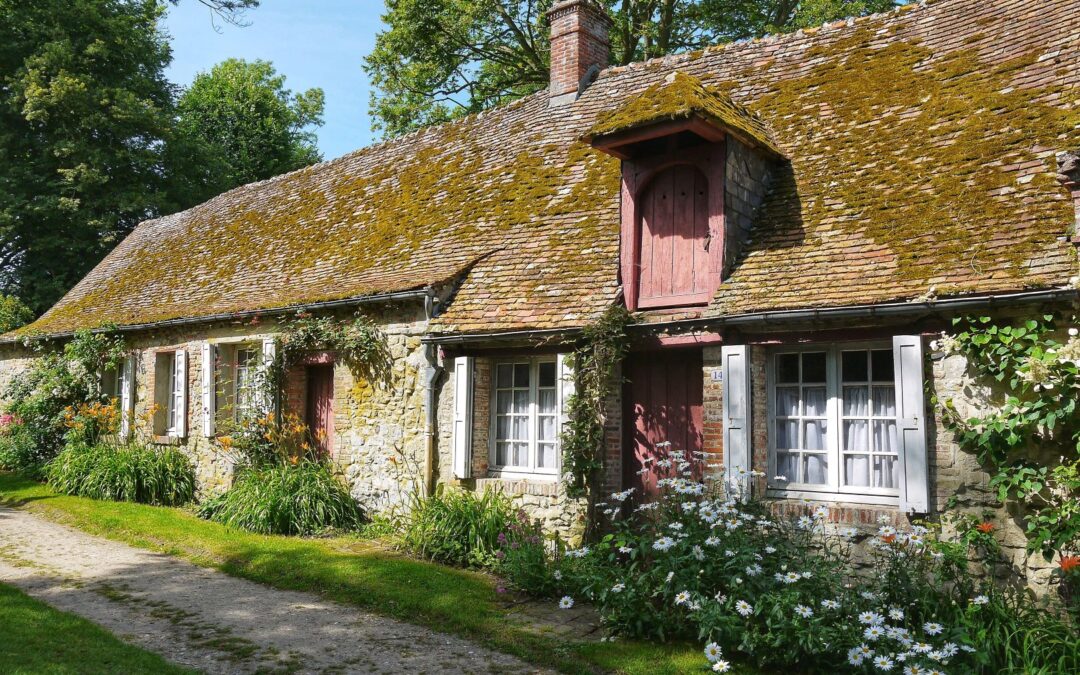Boris Johnson made headlines with his announcement to the virtual Conservative Party conference of a Government-backed 5% deposit mortgage scheme.
The Prime Minister pledged to ‘turn generation rent into generation buy’ by ‘giving young first time buyers the chance to take out a long-term fixed rate mortgage of up to 95 per cent of the value of the home.’
The idea is one of the key proposals of the 2019 Conservative manifesto but what will it mean in practice?
OnTheMarket has this guide to the latest Government proposal on affordable housing.
How will the 5% deposit mortgage scheme work?
Boris Johnson’s pledge remains just that, with the Conservative leader adding no more detail to his announcement on 6 October.
During that speech, he said: “We believe that this policy could create two million more owner occupiers, the biggest expansion of home ownership since the 1980s.
“We will fix the long-term problems of this country not by endlessly expanding the state, but by giving power back to people – the fundamental life-affirming power of home ownership, the power to decide what colour to paint your own front door.
“With our long-term fixed rate mortgages we want to spread that opportunity to every part of the country.”
There was no more detail on the new mortgage deals which might become available or whether the Government would cover any payments missed by customers of the scheme.
There are currently a number of programmes to support those trying to get on the housing ladder, broadly grouped under Help to Buy.
Under the Help to Buy Equity Loan scheme for example, the Government lends buyers up to 20% of the cost of a home, or 40% in London.
You pay a deposit of 5% or more, with a mortgage to make up the rest to a minimum of 25%, and the property must be a new build.
You won’t be liable for interest on the 20% loan for the first five years of home ownership.
The current scheme expires at the end of March but is being replaced by a new Help to Buy programme, running from April 2021 to the end of March 2023.
It is restricted to first time buyers and will include regional price caps.
It remains to be seen how the scheme announced by the Prime Minister will differ from Help to Buy and the Ministry of Housing, Communities and Local Government has yet to provide any further information.
What is a 5% deposit mortgage?
A 5% deposit mortgage means you put down 5% of a property’s worth and borrow the remaining 95%.
Mortgages like this are described as having a high Loan to Value (LTV) ratio because the amount of the deposit is so much smaller than the total value of the property.
Products like this are popular among first time buyers who don’t have a large deposit or any equity in an existing property they can transfer.
Read more
- How to make a competitive offer as a first time buyer
- Five common mistakes first time buyers should try to avoid
- How to finance a property purchase
The amount most lenders will allow a buyer to borrow is typically around 4.5 times their annual salary, or combined income if more than one person is buying together.
This makes it difficult for many young people on lower paying jobs in particular to be granted a mortgage – even if they have been able to put together a deposit, lenders may refuse them because they don’t earn enough.
Before the coronavirus pandemic there were a wide range of 5% deposit mortgage deals on offer but this has since plummeted, with banks and building societies tightening lending criteria.
How could the new scheme help first time buyers?
The Prime Minister said in his speech: “We need to fix our broken housing market.
“When Covid struck there were millions of people, often young people, who found themselves locked down in rented accommodation, without private space, without a garden, forced to use ironing boards for desks and bedrooms for offices.
“I know that many people are of course happy with renting and the flexibility that it offers. But for most people it is still true that the overwhelming instinct is to buy.”
As well as removing the majority of 5% deposit mortgage products, lenders have tightened their criteria, for example, on lending to the self-employed.
Most homebuyers are now being required to provide deposits of at least 15 to 20% of the value of the property they are buying.
It has been reported that the Government’s new scheme will include ways to remove stress tests for mortgage applicants, which means potential buyers could see more opportunities open up.
But buyers must still be able to actually afford the home they want to buy, say experts.
Eleanor Williams is a finance expert at Moneyfacts, an independent financial product comparison site.
She said: “The withdrawal of many low deposit mortgages, coupled with plummeting savings rates and the rise in house prices, may have seen many would-be first time buyers despairing.
“Therefore, news of the planned 5% deposit mortgage scheme may come as music to the ears of prospective purchasers.
“However, it would need to be rolled out in a way that ensures the risks of taking on a low-deposit mortgage are considered carefully, and also makes certain that the supply of affordable housing is there to meet the demand.”






